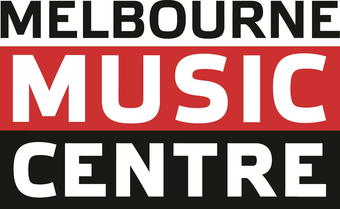Music theory forms the backbone of understanding how melodies, harmonies, and chords come together to create the magical world of music. For beginners venturing into this realm, comprehending notes, chords, and the foundational triads is an essential step toward unraveling the mysteries of music. In this beginner's guide, we'll embark on an illuminating journey through the basics of notes, chords, and the significance of triads in building harmonic structures.
-
Notes: The Building Blocks of Music:
- Notes are the fundamental units of music, representing specific pitches on the musical scale. The musical alphabet spans from A to G, including sharps and flats, forming the basis for melodies and harmonies.
-
Understanding Chords:
- Chords are formed by combining multiple notes played simultaneously, creating harmony. They serve as the foundation for harmonic progressions in music. Common chord types include major, minor, diminished, and augmented chords.
-
The Triad: Core of Chord Construction:
- A triad, the simplest type of chord, consists of three notes stacked in thirds. The three notes within a triad are usually the root, third, and fifth of a scale. For instance, a C major triad comprises the notes C, E, and G.
-
Types of Triads:
- Major Triad: Formed by stacking a root note, a major third (four half steps above the root), and a perfect fifth (seven half steps above the root).
- Minor Triad: Constructed by stacking a root note, a minor third (three half steps above the root), and a perfect fifth.
- Diminished and Augmented Triads: These triads have unique intervals that create distinct harmonic qualities.
-
Stacking Triads:
- Building on triads, musicians can stack additional thirds on top of each other to create extended chords or more complex harmonies. For instance, stacking another third above the fifth in a C major triad produces a Cmaj7 chord (C-E-G-B).
-
Harmonic Progressions and Triads:
- Triads form the backbone of harmonic progressions in music. Sequencing triads in a specific order creates chord progressions, contributing to the emotional and tonal movement within a piece.
-
Ear Training and Recognition:
- Aspiring musicians often train their ears to recognize triads and their qualities (major, minor, diminished) by their distinctive sound and interval relationships.
Conclusion: Mastering the basics of notes, chords, and triads lays a solid foundation for delving deeper into the enchanting world of music theory. Understanding how these elements harmonize and stack together unlocks the doors to creating captivating melodies and harmonies. As you embark on your musical journey, may this beginner's guide serve as a compass, guiding you through the intricacies of notes, chords, and the foundational triads that form the bedrock of musical compositions.

